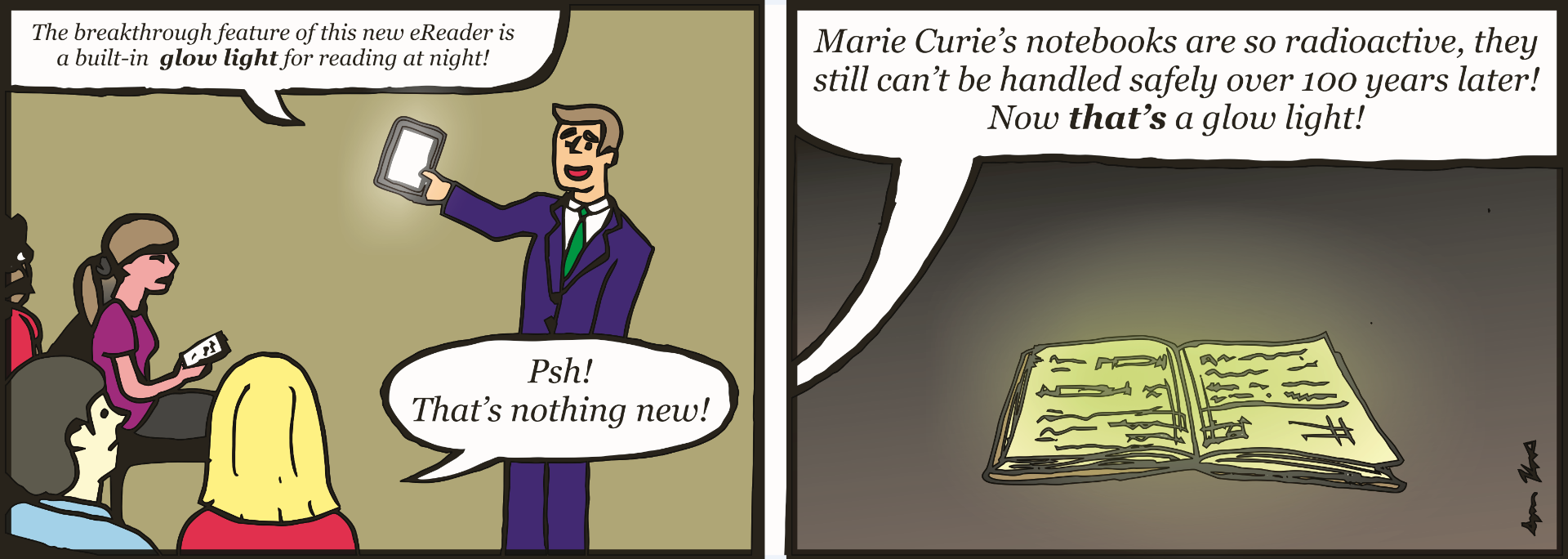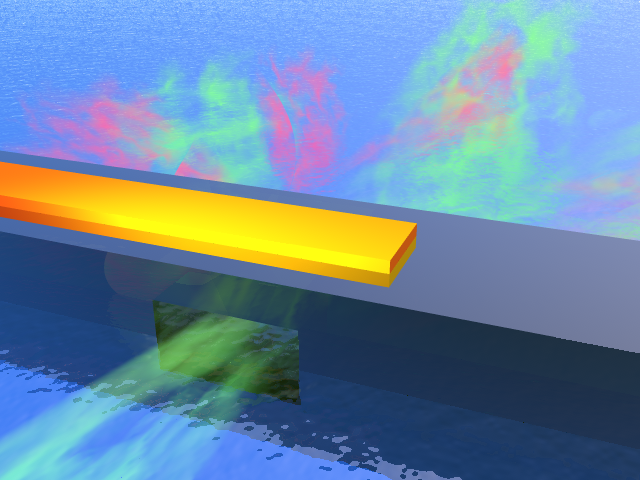Outliving the Earth: Breaking through Limitations on the Survival of the Human Race
With the recent explosive levels of population growth, the human race must overcome a number of obstacles in order to survive. Researchers at Yale in a diverse array of fields have set their minds to the task of confronting the most pressing issues facing civilization.


